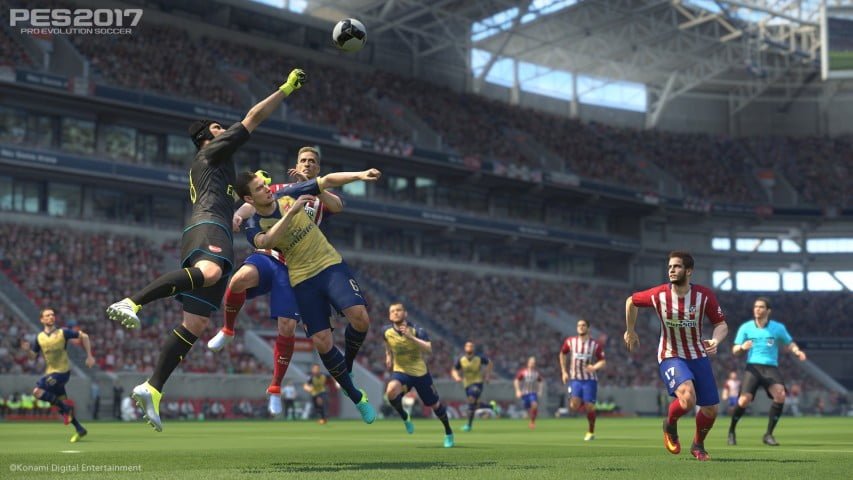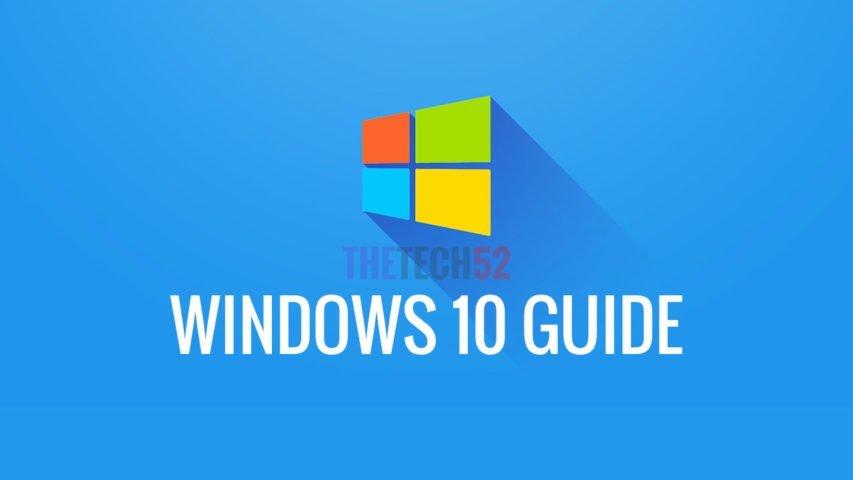Pro Evolution Soccer 2017 released on September 13, 2016 for PlayStation 4, Xbox One, PlayStation 3, Xbox 360 and Microsoft Windows. Attracted quite a number of gamers. Here are some issues encountered and their solutions. Let’s see how to fix Pro Evolution Soccer 2017 errors. Have a look at the Pro Evolution Soccer 2017 system requirements mentioned below before you check out the workarounds.
System Requirements
Minimum
OS: Windows 10, 8.1, 8, 7 SP1, Vista SP2
Processor: Intel Core2 Duo 1.8GHz / AMD Athlon Ⅱ X2 240 or equivalent processor
Memory: 1 GB RAM
Graphics: DirectX 9.0c compatible video card. 1024MB Pixel Shader 3.0 (NVIDIA GeForce 8800 / AMD/ATI Radeon X1600 / Intel HD Graphics 3000 or better)
DirectX: Version 9.0c
Storage: 8 GB available space
Sound Card: DirectX 9.0c compatible sound card
Recommended
OS: Windows 10, 8.1, 8, 7 SP1, Vista SP2
Processor: Intel Core i3 530 / AMD Phenom Ⅱ X4 925 or equivalent processor
Memory: 2 GB RAM
Graphics: DirectX 9.0c compatible video card. 1024MB Pixel Shader 3.0 (NVIDIA GeForce GTX 260 / AMD/ATI Radeon HD4850 / Intel HD Graphics 4000 or better)
DirectX: Version 9.0c
Storage: 8 GB available space
Sound Card: DirectX 9.0c compatible sound card
How to Fix Pro Evolution Soccer 2017 Errors: Crashes, Performance Issue and More
Random Crash Issue in Pro Evolution Soccer 2017
Installing the latest drivers
DLL error on startup Fix
If get dll file missing error, you need to download the dll and paste it in the game directory.
FPS Drop Issue in PES 2017
FPS drop can be fixed by changing some settings in the Nvidia control panel.
1. Open Nvidia control panel.
2. Navigate to Manage 3D settings.
3. Now from the drop down menu, click on Power management mode
4. Set it to Prefer maximum performance.
DirectX Error Fix
Install the latest version of DirectX.
Update the drivers.
Low FPS and Lag Issues Fix
To solve this,
1. Open the Nvidia control panel.
2. Then in program settings, make the following setting changes:
Maximum pre-rendered frames: 4
Multi-display/mixed GPU acceleration: Single display performance mode
Power management mode: Prefer maximum performance
Triple buffering: On
Verticle Sync: On


